Tomb of Christopher Columbus
The final resting place of the great navigator, or maybe his brother.
Just inside the Cathedral door of Seville’s massive cathedral stands a monument to Christopher Columbus. His tomb is held aloft by four allegorical figures representing the four kingdoms of Spain during Columbus’ life, Castille, Aragon, Navarre, and Leon.
The tomb was one of the last additions to the cathedral, installed in 1899. It was designed by the sculptor Arturo Melida, and was originally installed in Havana before being moved to Seville after Spain lost control of Cuba.
Columbus’ body began its final rest in Valladolid Spain, where he died in 1506, and was moved shortly thereafter to Seville, by orders of his surviving brother, Diego. In 1542, the remains were again moved, this time to Colonial Santo Domingo, in what is now the Dominican Republic, where they were installed in the newly completed Cathedral of Santa Maria. There they remained for a couple of centuries.
Then, in 1795 when Spain lost control of the Dominican Republic, they were moved again to Havana, Cuba. 100 years later, they made their final voyage back home to Seville, and placed in the cathedral where you can visit him today.
Unfortunately, after all that effort, in 1877 a very suspicious box was discovered back in Santo Domingo inscribed with the words “The illustrious and excellent man, Don Colon, Admiral of the Ocean Sea.”
That box is now contained in the massive “Faro a Colon” Lighthouse in Santo Domingo. Despite examinations and a recent DNA test of the remains in Seville, the question remains somewhat unsolved or completely resolved, depending on whom you ask.
Seville Cathedral was designated a World Heritage Site by UNESCO in 1987.


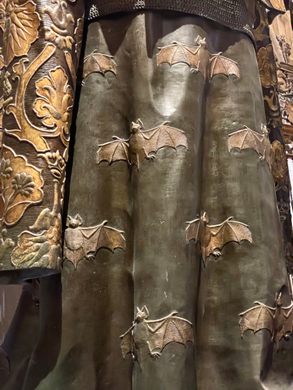
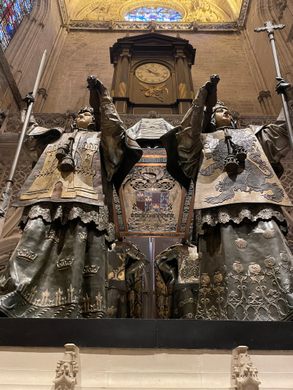
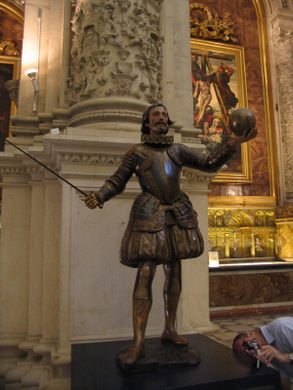





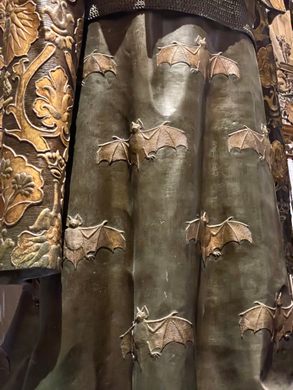



















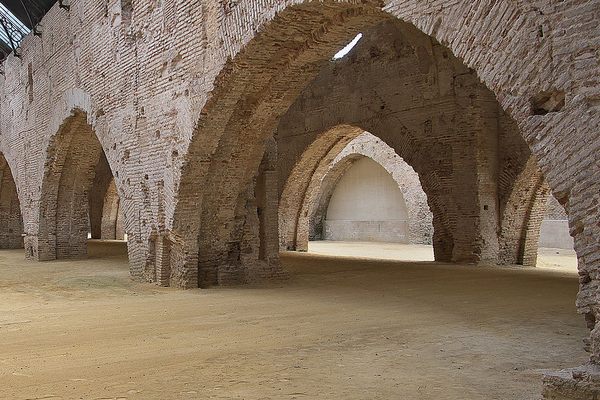
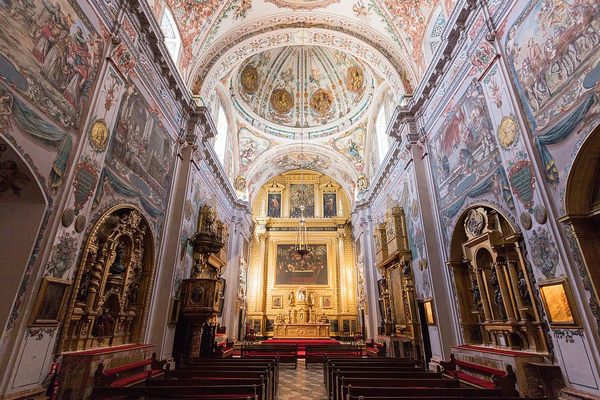





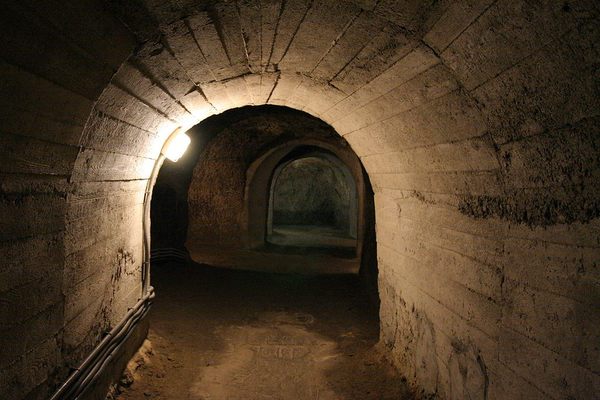


Follow us on Twitter to get the latest on the world's hidden wonders.
Like us on Facebook to get the latest on the world's hidden wonders.
Follow us on Twitter Like us on Facebook